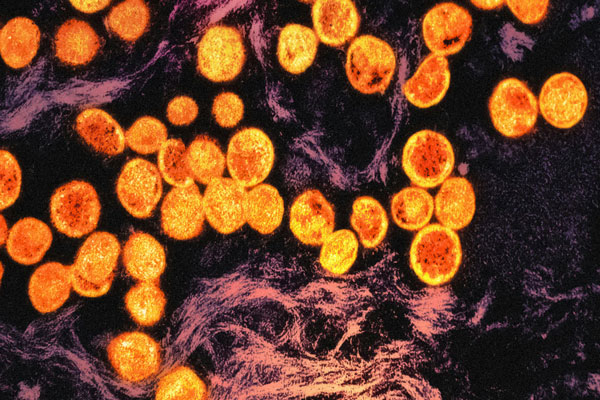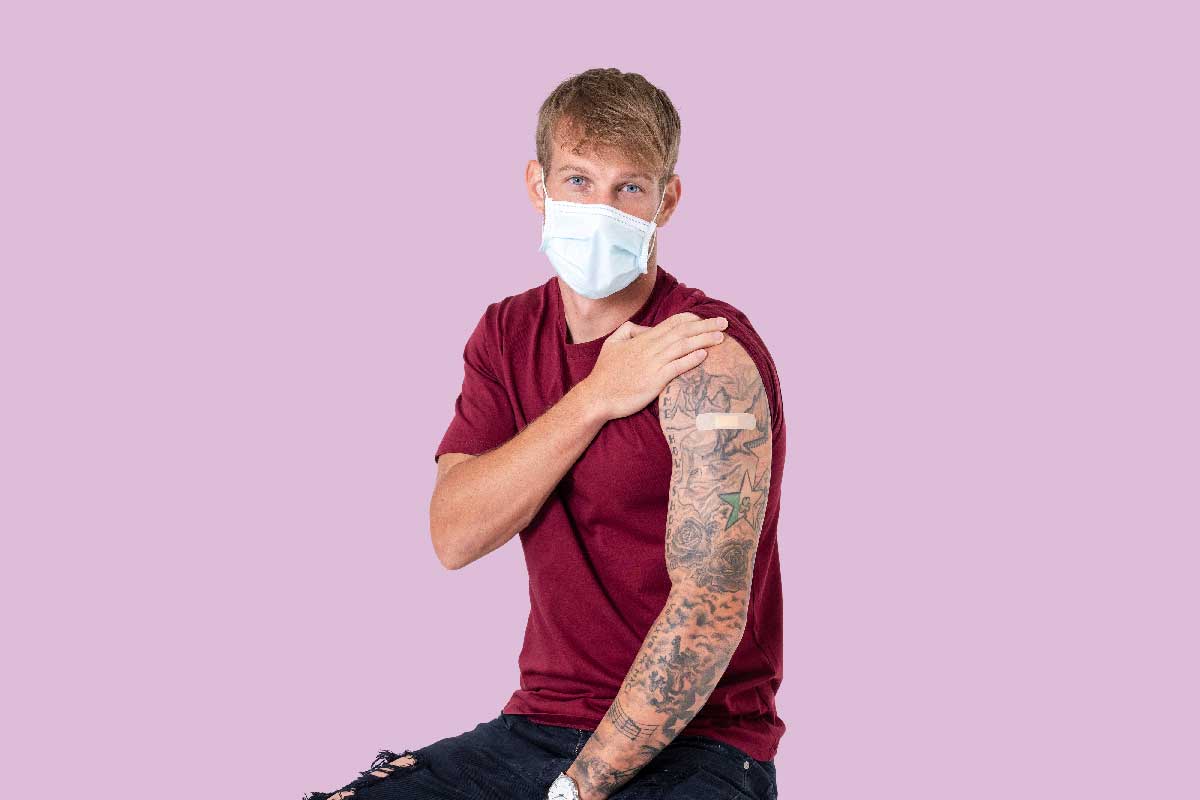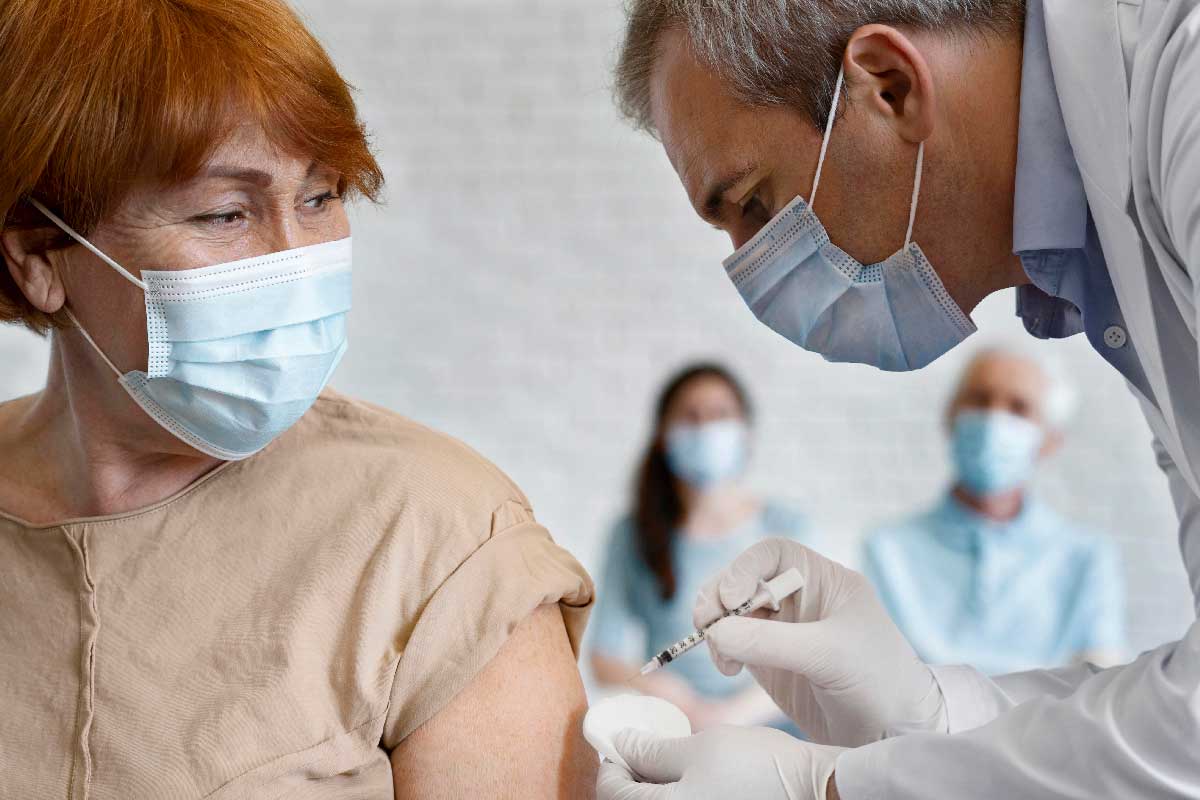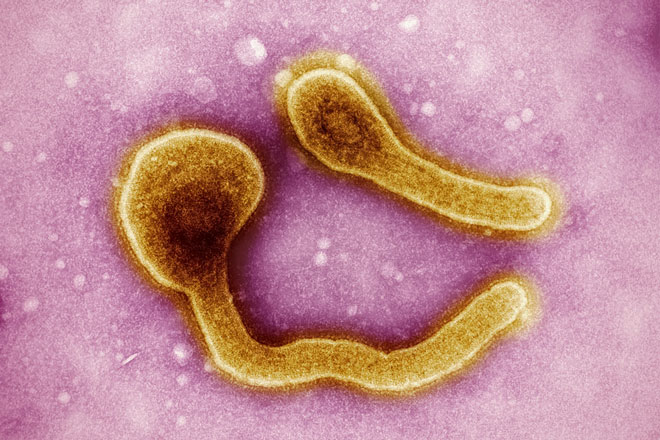Gavi has helped lower-income nations narrow the vaccine coverage gap
Lower-income countries are seeing better vaccination coverage than they have had in decades, but the COVID-19 pandemic is threatening to hamper progress.
- 28 July 2020
- 2 min read
- by Priya Joi
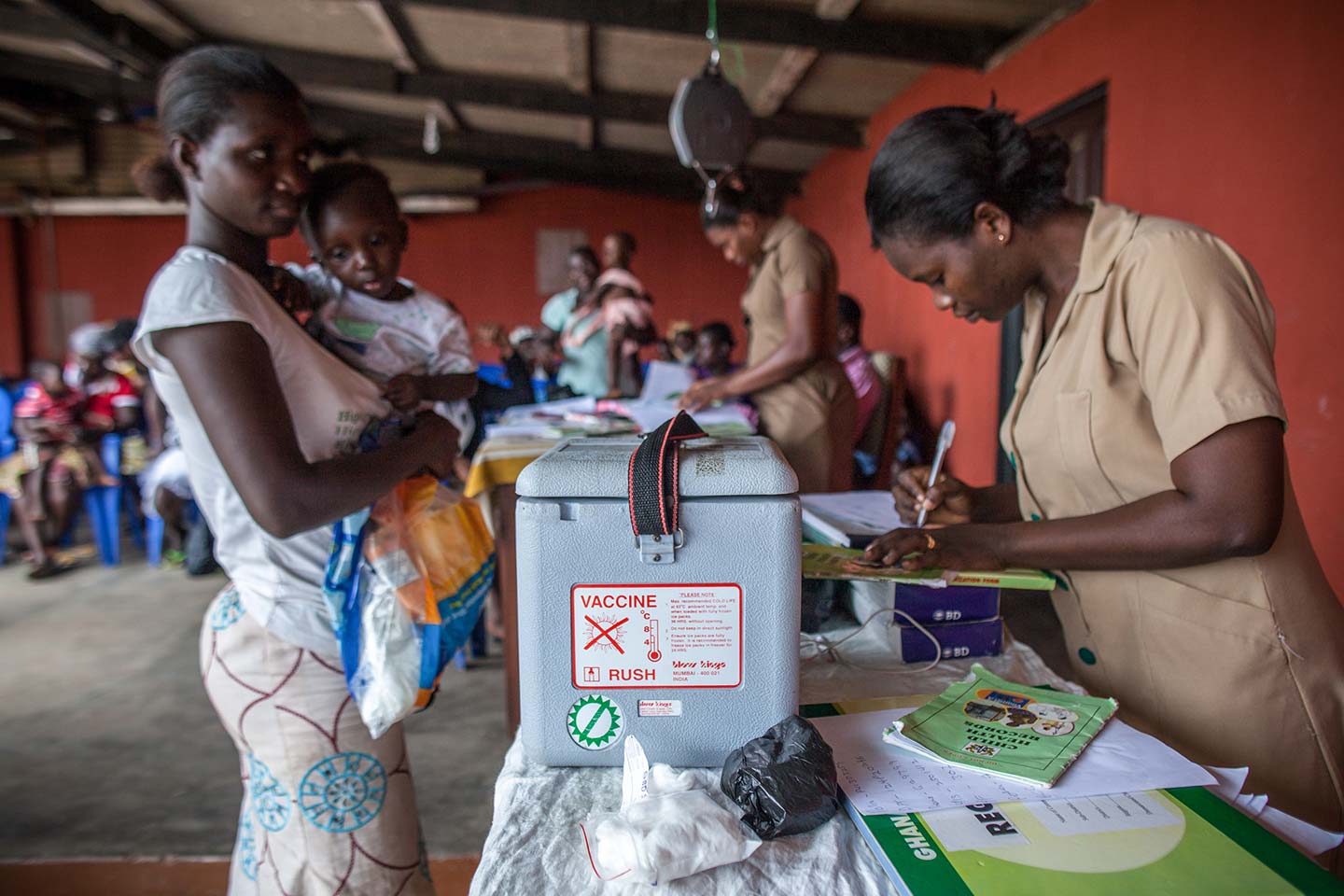
The gap in vaccine coverage between lower-income countries and richer countries is shrinking, according to new a Gavi analysis of the WHO/UNICEF Estimates of National Immunization Coverage (WUENIC).
In 2000, lower-income countries had an average vaccine coverage of 59%, with middle-income countries on 88%. Now, that gap is just ten per cent, with Gavi-supported countries on 81% and non-Gavi supported middle-income countries on 91%.
Increased vaccine coverage in lower-income countries is due in large part to a global push to increase vaccination over the last two decades, including the work of Gavi and partners – in 2019 alone, 65 million children were vaccinated, with Gavi’s help.
The analysis shows that Gavi-supported countries now have greater coverage of vaccines that tackle rotavirus, which causes deadly diarrhoea in infants, pneumococcal bacteria, which is the leading cause of severe pneumonia worldwide, and Haemophilus influenzae type B (Hib), a deadly bacteria responsible for severe pneumonia, meningitis and other invasive diseases in children. Four million more children received the first dose of measles vaccine (MCV1) in 2019 than in 2015.
The coverage for rotavirus and pneumococcal vaccines is higher on average in the 68 Gavi-supported countries than the global average. Coverage of relatively new human papillomavirus (HPV) vaccine, which protects against the leading cause of cervical cancer, has also increased to 7% in Gavi-supported countries.
These numbers indicate the strong and sustained commitment to improving childhood vaccination. However, the COVID-19 pandemic has disrupted the delivery and uptake of immunisation services, which is seriously threatening this progress and making it more likely that we will see outbreaks of vaccine-preventable disease.
In addition, there remain millions of ‘zero-dose’ children who never receive any basic diphtheria-tetanus-pertussis vaccines in their life. Since 2015, this number has fallen from 12.3 million to 10.6 million, which is progress. But these vulnerable children are likely to also be disadvantaged when it comes to accessing other forms of healthcare. Since COVID-19 disproportionately affects marginalised communities, reaching these children with basic vaccinations is becoming even more critical.
